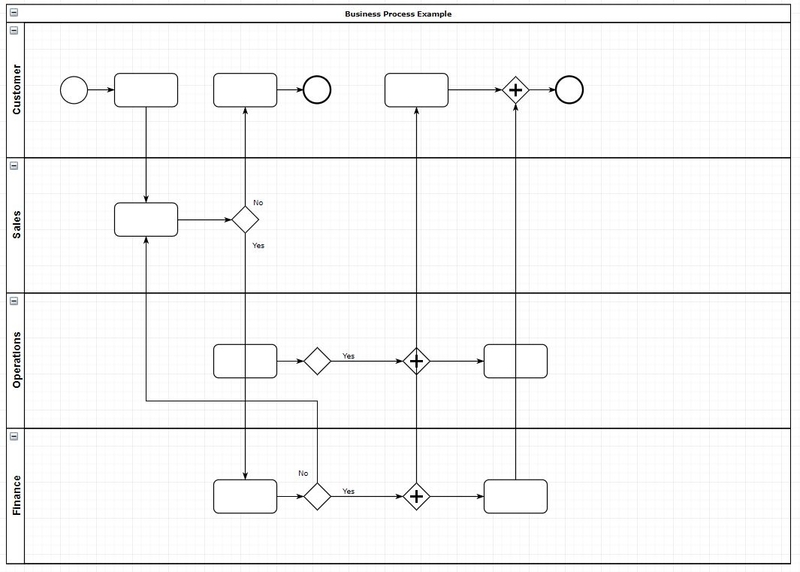It’s one thing to learn how to cook, but the real lesson is in the process and the timing.
When each of our teenagers turned 14 years of age, they were given the responsibility of cooking for the family one night a week. (Memo to self – should have had seven children).
What we’re really teaching them is not about how long the potatoes take to cook. It’s the aspects of cooking that, when we know how to cook, just happen naturally…
- How long the entire process takes
- What to do when, in what order
- Timing everything to be ready at exactly the same time
What we’ve learned, is that recipes are not written to reflect the most efficient process.
The definition of a recipe is “a set of instructions for preparing a particular dish”.
It’s time to re-write the art of recipe writing. How about we change that definition to: ‘a set of instructions for preparing a particular dish in the most efficient manner’.
So what about that lasagne…

Let’s take a lasagne recipe from the internet.
If a novice cook were to follow the recipe in the order that the “method’ is written, it would take 81 minutes to cook both the mince and the cheese sauce (before they can begin assembling and cooking the lasagne).
However, if we review the ‘method’ as we would review a business process, we get the job done in 56 minutes. That’s a 30% time saving!
If your team could achieve a 30% time saving on their processes, what would that mean for your business? Imagine if your team could sell or process 30% more sales, or you could reduce your team numbers by 30%.
So let’s take a look at how you could review your business processes.
Step 1 – write the current process (step by step)
It can be helpful to write a visual representation of the process – by identifying all the people or departments that are involved, and how the process flows between them.
Tools like draw.io or Lucidchart have simple, easy to use tools that help with this.

Step 2 – write in the time each step takes
Time should be considered in two ways:
- the actual time each task takes
- the elapsed time – include any time it sits in someone’s email inbox or intray before it gets actioned
This step will help you to focus on where the opportunities are – which areas take the most time, where you could save time, and how much time you could save.
Step 3 – identify steps for improvement
Steps that:
- that take the most time and why
- could start earlier, or could occur at the same time as other steps (because they don’t depend on one another)
- that are duplicated (or partially duplicated) that could be removed
- unnecessarily authorisation / approval steps that cause delays and don’t add value or decrease risk
- steps that cause cost or resources to increase, or quality to decrease
- steps that could be automated or outsourced
Step 4 – rewrite a more efficient process
This step involves repeating Step 1 by creating a visual representation of your new proposed process, identifying all the people or departments that will be involved, how the process flows between them, and the time each part of the process takes.
How much time did you save?
About Pathfinder Solutions
Pathfinder Solutions advisory team members have either owned or managed businesses, or are investors themselves, so we know first-hand the challenges you face in your world.
Sure we’re Accountants, but the best solutions in business come from focusing on more than just the numbers. Our real-world business experience delivers just that.




